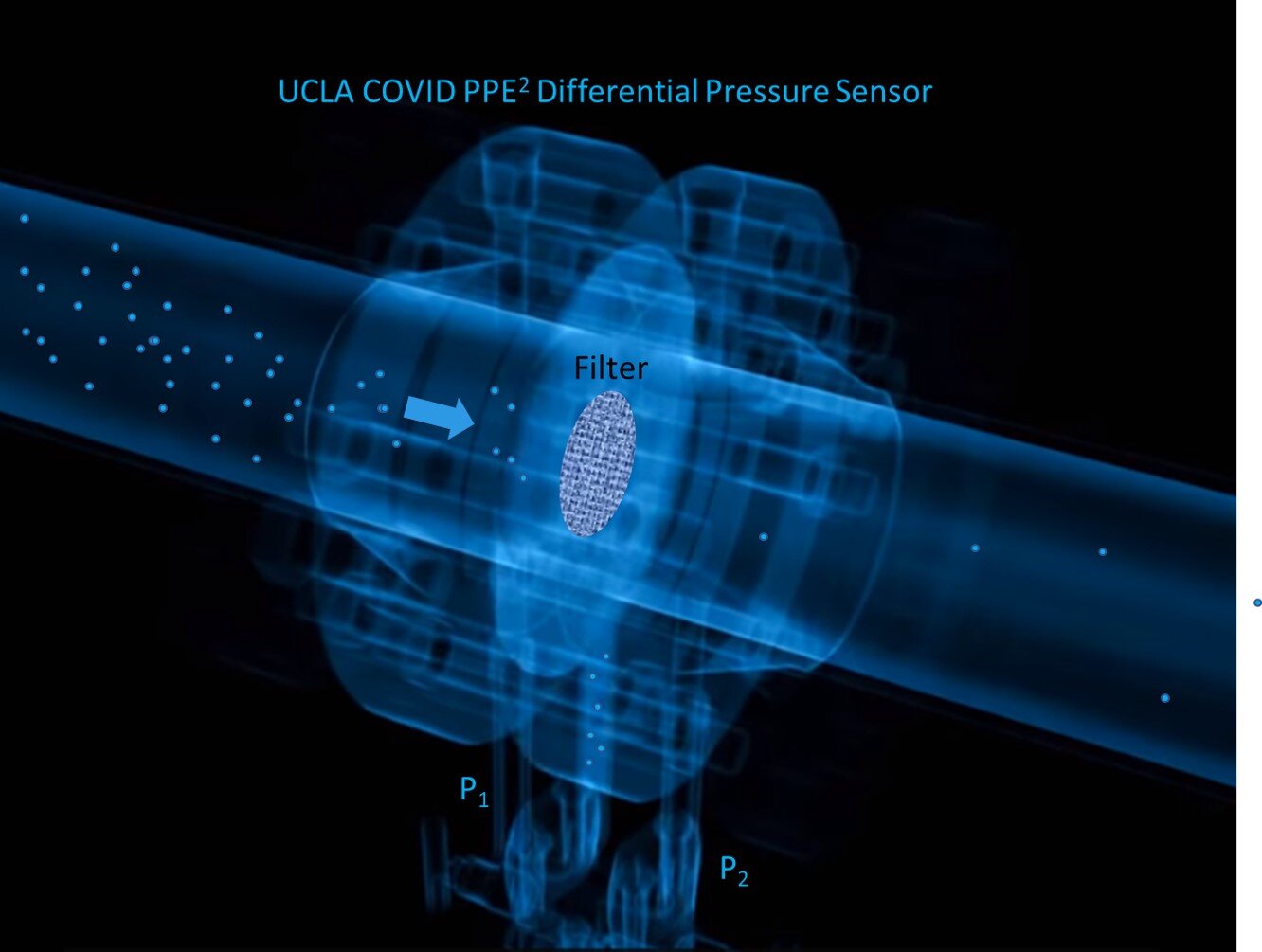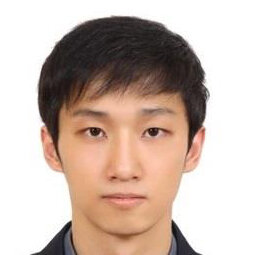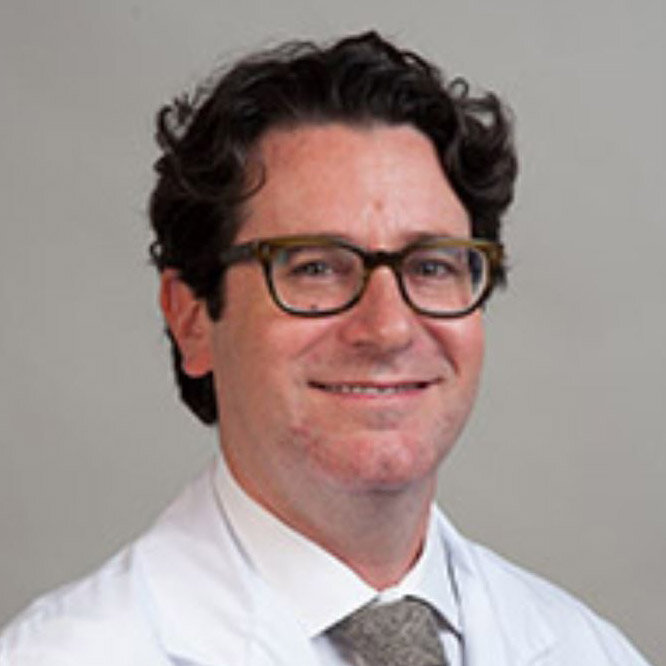According to the Centers for Disease Control and Prevention (CDC) and the National Institute for Occupational Safety and Health (NIOSH), N95 respirators protect users by blocking particles with a diameter of at least 0.3 um (#1, 2). However, research has shown that N95 respirators have at least a 95% efficiency rate for particle sizes between 0.1 to 0.3 um (#3), which accounts for SARS-CoV-2 (COVID-19) at an average diameter of 0.125 um (#4). Thus, N95 respirators are highly recommended over surgical masks for healthcare workers to help protect from COVID-19, as well as other airborne infectious agents and particles.
The Department of Health and Human Services estimates that as many as 3.5 billion masks will be needed during the coronavirus pandemic. And according to Business Insider, the US currently only has 1% of this number. Not only are N95 masks difficult to manufacture even with specialized equipment, the major exporters of N95 masks and core production materials in Asia countries reduced their mask export to the world. Even with ramped up domestic production, there is a severe shortage of N95 masks and many hospitals are approving sterilization of used N95 masks to reuse them.
Since N95 respirators are in high demand, our team is designing N95 respirators that comprised of a 1) rigid respirator housing to house a removable cartridge, 2) a reusable filter that meets or exceeds N95 performance, 3) a silicone seal on the face to ensure tight fit to cover the nose and mouth. Qualitative and quantitative tests are performed to measure device performance according to NIOSH standard protocols.
Concept prototypes of the respirators housings are 3D printed with PLA on FDM printers to test fit, and then pre-production prototypes are made on high resolution polyjet printers for final evaluation handing off for injection molding. Concept silicone seals are made by liquid molding, and pre-production will be made by Carbon 3D printing, prior to hand off for large scale production.
Sourcing of appropriate filter materials has been a challenge. We are developing our own inhouse N95+ filter material that exceeds the performance of commercial N95 materials, while simultaneously working as a large team to purchasing materials ourselves, and working with our industry and government colleagues to comb through their vendor network to obtain raw materials that meet our criteria, we have been able to secure N99 sheets that exceed the exceed N95 in terms of filtering efficiency and pressure drop (N95 standard 350 Pa @ 85 LPM vs this filter 120 Pa @ 85 LPM). Both options, production and purchasing of raw materials, allow our engineers to decrease filter surface area without affecting breathing ability and filtration efficiency.
The final phase of this project is to collaborate with our industry colleagues with ISO 13485 & FDA certification to obtain FDA approval of our innovative solution and commence large scale manufacturing.
Status: Design Freeze
N95 respirator team
Gaurav Sant, PhD
Institute for Carbon Management, Civil and Environmental Engineering, UCLA
Yun Chang Lee, PhD
Bioengineering, UCLA
Jay Jayanetti, DDS
Dentistry, UCLA
Faheem Amir Soalngi, PhD
Henry Samueli School of Engineering, UCLA
Joseph Meltzer, MD
Anesthesiology and Perioperative Medicine, Critical Care, UCLA
Kumar Shah, MDS, MS
Dentistry, UCLA
Guido Faas, PhD
UCLA Neurology
Kang Ting, DMD, DMEDSC
Dentistry, Orthopedic Surgery and Plastic Surgery, UCLA
Giovanny Acosta, PhD
Dentistry, UCLA
Cyrus Shokoohi, AS
Bioengineering, UCLA
Shiqi Dong
Materials Science and Engineering, UCLA



























